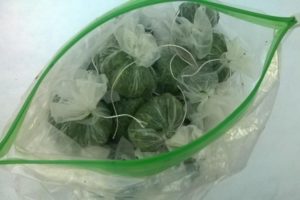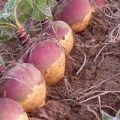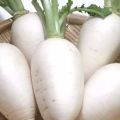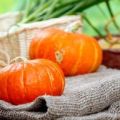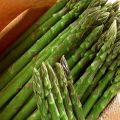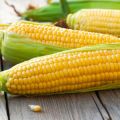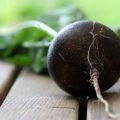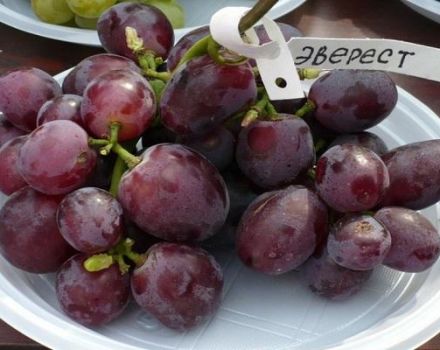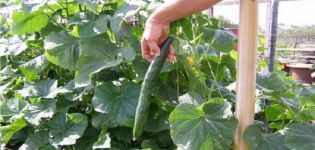Description of varieties of swede Krasnoselskaya, Kuusiku and others, the best species for Siberia
Rutabaga is a vegetable known for a long time. In the last century, it was widespread in Russia. But then it was forgotten for several decades. However, at present, interest in this vegetable has reappeared. And a sufficient variety among the varieties of rutabaga makes it possible to make the most of the excellent characteristics of this useful plant.
A useful and high-yielding crop is used for human food and animal feeding. In fresh food - in salads, as well as stewed, fried. Used as a filling for baked goods. The plant intended for food is not allowed to grow to a large size so that the taste does not deteriorate.
Description and features of rutabaga
Sweden is considered the birthplace of swede, where in the 17th century cabbage was accidentally crossed with turnips. The fruit is a biennial plant that produces leaves and root fruit at 1 year, and flowers and seeds the next year. Defined as belonging to the cabbage family. Leaves can be whole or split, with a bloom of wax and smooth to the touch. A root vegetable with a massive skin, round or elongated, conical in shape. The rind is yellow, and the part that protrudes above the ground is burgundy, bronze or green.
The stem reaches a height of 1.7 meters, fragile and branched. In inflorescences in the form of a brush, flowers are located from yellow to orange.
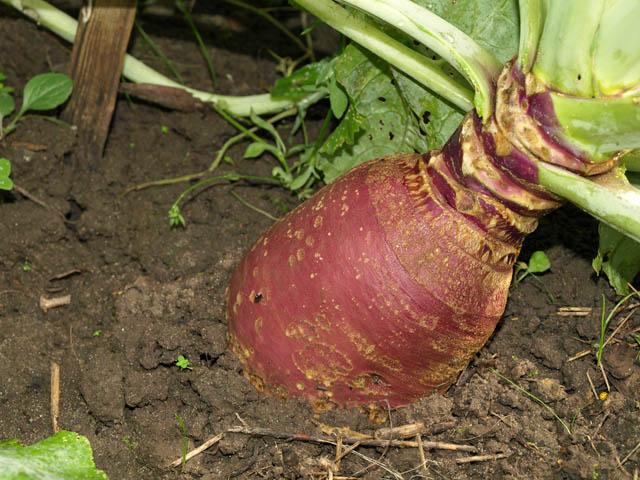
Useful qualities:
- the plant is rich in vitamins and minerals. Includes a large amount of vitamin C, which is very necessary during the period of vitamin deficiency. There are B vitamins, iodine, potassium and fiber;
- low-calorie vegetable (100 grams contains 37 kilocalories). It is used for obesity, dieting;
- has a positive effect on the gastrointestinal tract, improving the digestion of food. Useful for diseases such as diabetes, constipation (you can not eat with exacerbations of diseases of the digestive system);
- diuretic effect for edema;
- indispensable for vascular diseases (atherosclerosis).
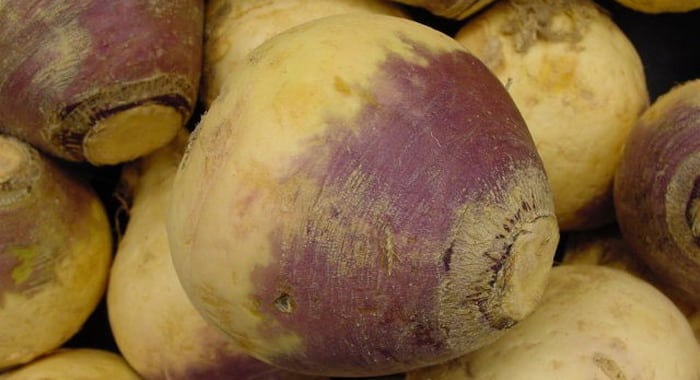
Growing features:
- cold-resistant. Seeds germinate at a temperature of +3 ABOUTC. The plant itself can withstand temperatures up to -6 ABOUTFROM;
- the optimum temperature for growing this crossed vegetable is up to + 20 ABOUTC (at high temperatures, the taste of the root crop deteriorates);
- grows well in soil rich in organic fertilizers and sufficiently moist. For the normal development of the plant, phosphorus, potassium, boron, calcium in the ground are needed;
- grows poorly in sandy, rocky and waterlogged soil;
- the vegetable does not like the increased acidity of the soil, as there is an increase in the branching of the root.
- planting seeds is carried out in April-May, taking into account the distance between plants of 5 centimeters;
- after planting the seeds, seedlings appear 5-8 days after planting;
- in the northern regions, ready-made seedlings with 5 leaves are planted in the ground;
- vegetative period, on average, 110 days;
- to prevent putrefactive diseases of the plant, the seeds are heat treated (in water +50 ABOUTPlace the seeds for 30 minutes);
- it is required to take care of the plant, feed well and periodically loosen it;
- pests: cabbage fly, aphids, fleas.

For consumption, fruits weighing no more than 1 kilogram are grown, since the taste of the larger ones deteriorates.
Storage features:
- in a cool place with a temperature not higher than +4, +5 ABOUTC and humidity not higher than 95%;
- root vegetables can be sprinkled with sand.
Types of rutabagas by appointment
In Russia, the canteen and fodder rutabagas are grown. Table varieties have a pleasant taste and rich yellow (sometimes white) flesh. Applied for food. Fodder is used for animal feed. They are more fruitful and unpretentious to climate conditions.
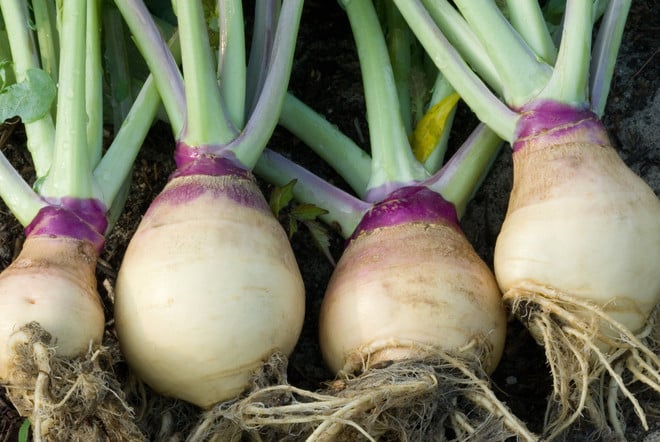
Fodder
Forage varieties include: Kuusiku, Hofmanskaya, Vyshegorodskaya, Ruby, Liza and others.
Canteens
Table varieties include: Swedish, Krasnoselskaya, Kahalik sinine, Vereiskaya and others.
The best varieties of swede
Kuusiku is a mid-season variety (up to 120 days). Root crop 10 centimeters long, round-flat. Weight - up to 900 grams. The flesh is firm, white and juicy.
Possesses:
- high yield (up to 8 kilograms per square meter) - large fruits, a lot of nutritious tops;
- perfectly preserved.

Krasnoselskaya rutabaga - refers to early ripening varieties. Ripening time - up to 90 days. The fruit is flat, green with a purple tint, weighing up to 600 grams. The pulp is yellow, with a sugary structure.
The species is prone to long-term storage in the autumn-winter period.
For Siberia - since the vegetable loves a cool and rather humid climate, the conditions of Siberia are favorable for growing this crop. All varieties are suitable for Siberia, but those with white pulp are more often used: Vyshegorodskaya, Hoffmanskaya white, Pomeranian and others.
Rutabaga is a healthy and tasty vegetable. Thanks to new varieties with excellent properties and productivity, many gardeners again remembered and fell in love with it.

